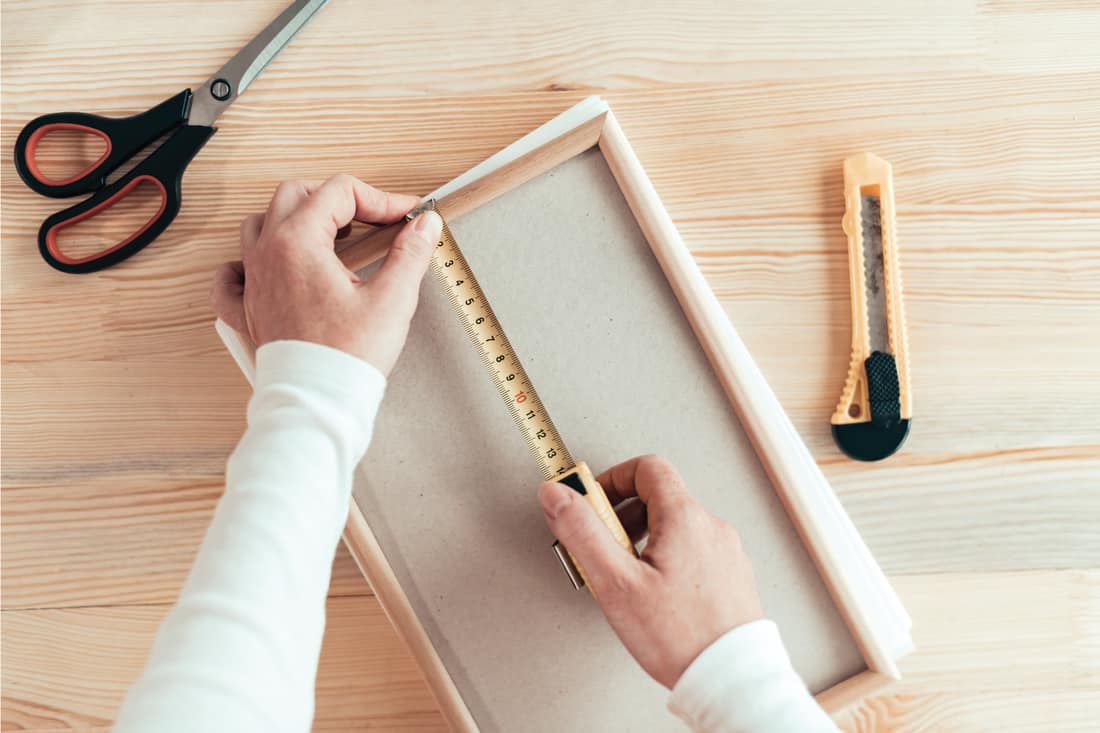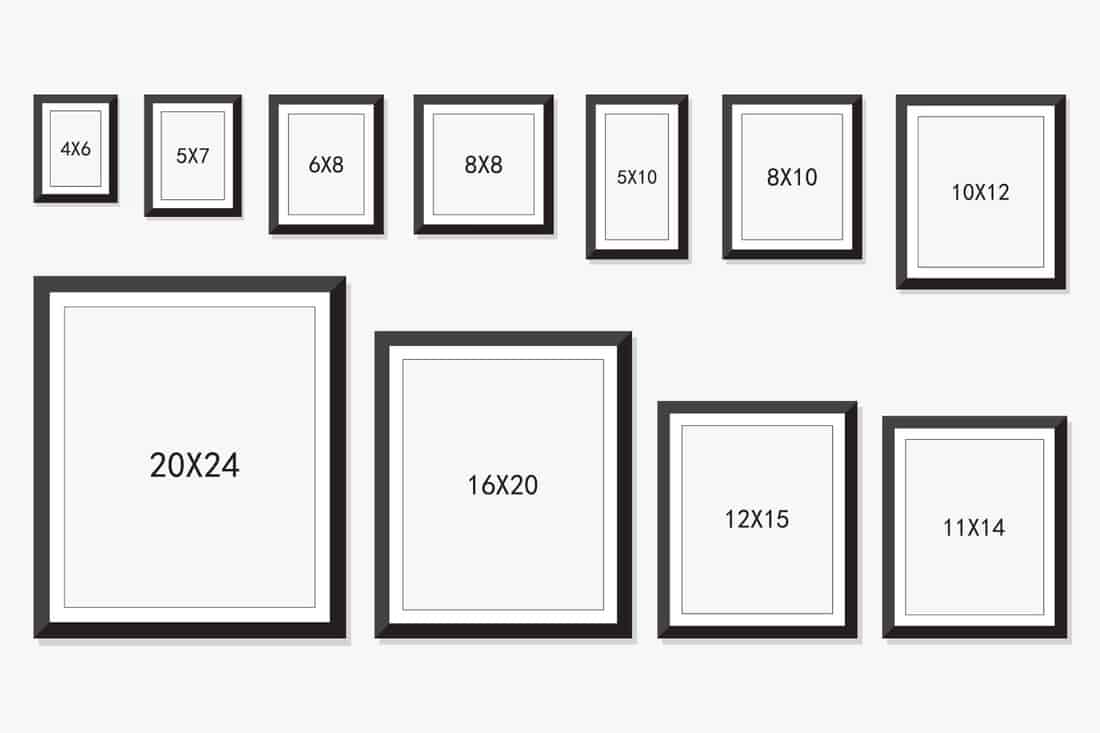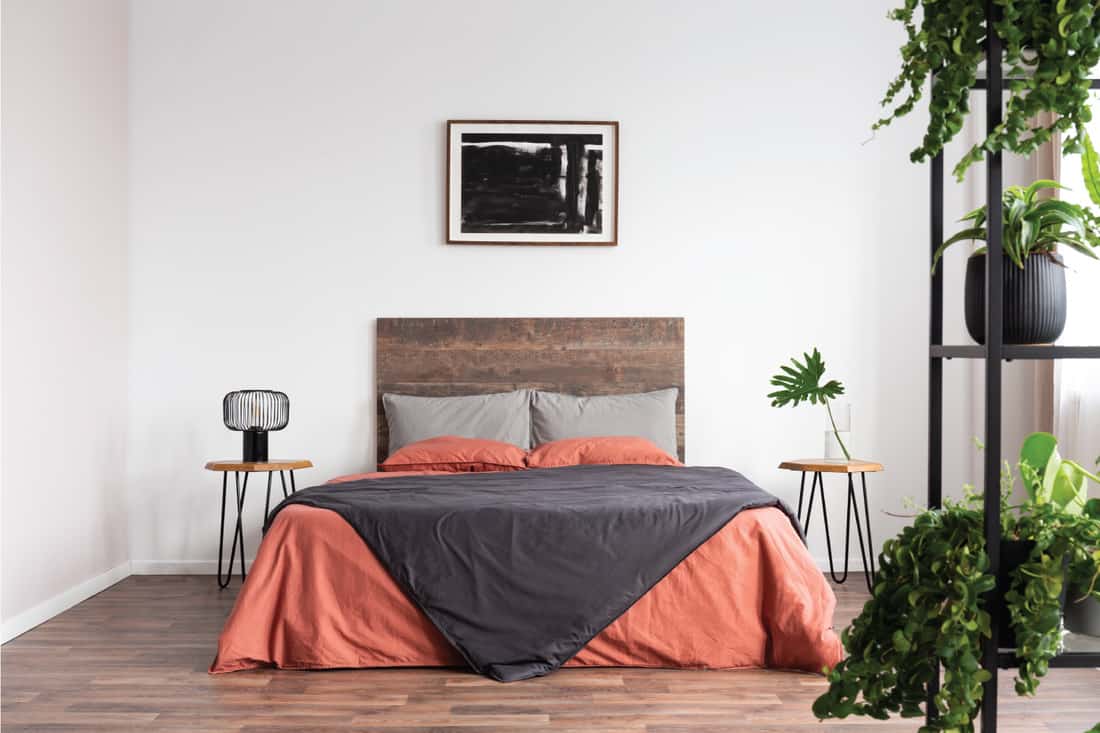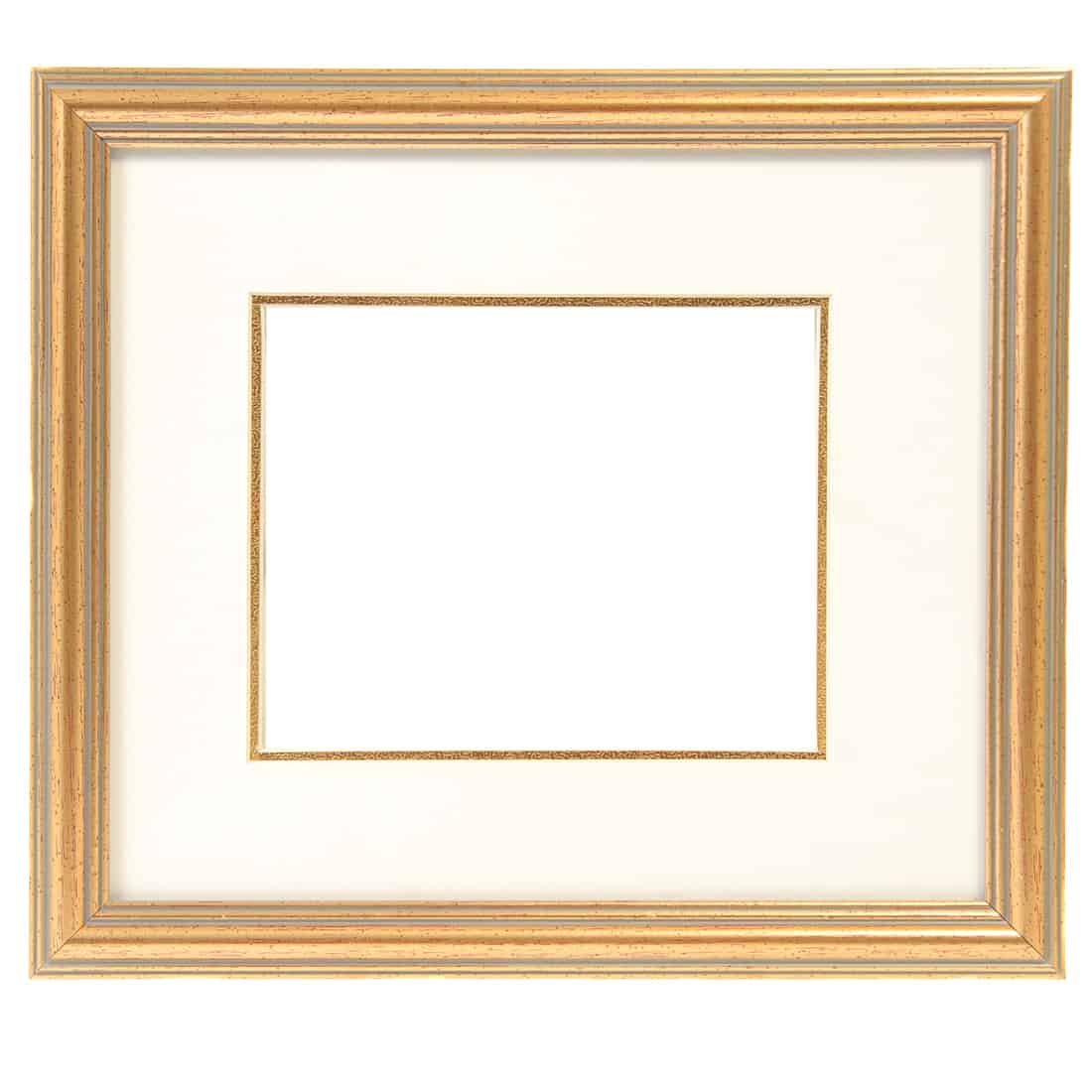Professional photo framers are a great resource to have at hand, but if you want to save a few bucks it can be incredibly simple to frame pictures yourself! As long as you know the right size frame and mat for your photo the process will be a breeze. We have researched the most common sizes for framing, as well as step-by-step instructions on how to get it done.
Although picture frames come in any number of sizes, the most common measurements are 5" x 7", 8" x 10", 16" x 20", so on and so forth. To find the right frame for your photo you'll need to decide whether or not you want to use a matboard (we highly suggest do you). With a matboard, you'll need a frame that is about 2-4 inches larger than the photo you're framing.
We know this all sounds complicated, but we promise it's not as hard as it seems. With some basic knowledge up your sleeve, you'll be able to frame any picture without the help of an expensive shop. Keep reading to learn everything you'll need to know!

How Are Frame Sizes Measured?
Picture frame sizes are always described in a series of two numbers with an 'x' between them. Those numbers correspond to the frame's length and width, so if you see 5" x 7", that means the frame is 5 inches wide and 7 inches tall. Of course, a frame can always be turned, so this size can also work for a picture that is 7 inches tall and 5 inches wide.
We sometimes add affiliate links and content that was curated and created by our team with the help of advanced ai tools to help showcase the best design styles.

It's important to know that picture frames are always measured based on the inner window, not the outside edge. So If you purchase an 8" x 11" frame, it's actually going to take up a little more space on the wall.
What Sizes Do Picture Frames Come In?
While there are standard frame sizes you're most likely to encounter, they do come in a wide array of measurements. There are picture frames out there to fit whatever photo needs framing, but here's what is most common on the market.
Check out this article for more style tips: 'Should Picture Frames All Be The Same Color?'
Standard Picture Frame Sizes
The average frame is usually about 2-4 inches longer than it is wide. That's why you're likely to see frames that are 5" x 7" or 8" x 11". For those who need a large frame, sizes such as 20" x 24" and even 30" x 40" are widely available as well.

Other common measurements are 8.5" x 11", 11" x 17" whatever size you need, you're more than likely to find with a little bit of research.
Specialty Picture Frame Sizes
If you want to frame something specific like a diploma, school photo, or a flag, search for frames that are made particularly for that item. It will take the guesswork and measuring out of the equation since many important documents and commonly framed objects come in standardized sizes.
Check out this 8.5 x 11-inch certificate frame on Amazon.
Custom Picture Frames
If you really can't find the right size frame for your photo, don't be afraid to get one custom-made. Local print shops are great for this, but even common craft stores are likely to have a framing section where they make you a custom frame. This also allows you to handpick materials and colors so you end up with the frame of your dreams!

How Much Bigger Should A Frame Be Than The Picture?
You should only buy a frame with the exact same measurements as your photo if you want the art to reach all the way to the inner edge of the frame. This can be fine depending on what you're going for, but most often we suggest you buy a frame that's slightly bigger. This will require a matboard (more on that later).

A good rule of thumb is to buy a frame that is 4 inches larger than your print. That means a 4" x 6" photo will need an 8" x 10" frame. Larger pictures can get away with less space, but we suggest a frame that is a minimum of 2 inches larger than your picture.
Check out this article for more DIY inspiration: '11 Types Of Picture Hangers'
What Is A Picture Mat (AKA Matboards or Matting)
Matting is the blank space that separates the frame from the print – and it's more important than you think. That 1-4 inches of neutral space allows both your art and your frame to shine without clashing or overpowering one another. This is why we highly suggest sizing up your frame (as mentioned above) so you have enough space for a matboard.

How Do You Know What Size Matting To Get?
There are two measurements to consider when buying a matboard: the outer edge and the inner window. The outer edge should have the same dimensions as your frame so it fits snugly. But despite what you may think, the inner window should not be the same size as your picture.
It's nearly impossible to perfectly align matting and prints when they are the exact same dimensions. Instead, buy matting where the inner window is 1/2 to 1 inch larger than your photo. That will leave room for a 1/4 to 1/2 inch gap between the two. Trust us, this provides much cleaner lines and more leeway for those of us who don't have perfectly steady hands.
Check out these 11 x 14 white picture mats cut for 8 x 10 photos on Amazon.
What Size Frame Do I Need For A Matted 8 x 10?
We know it can get a little bit confusing, so let's go over this example. If a picture measures 8" x 10", including the mat, then you'll need a frame that is also 8" x 10". Remember: the inside of the frame should measure the same dimensions as the outer edge of the matboard.
If the picture is 8" x 10" not including the mat and you want to leave space for the matting, then the frame should measure at least 10" x 12". This will allow for a 1-inch border around your picture, but feel free to use a larger frame if you want more space there.
Check out this 10 x 12-inch black picture frame on Amazon.
Should Matting Match The Picture Or Frame?
When choosing a color for your matboard there are a few things you'll need to consider. The colors of the frame and the picture are important, but the look you're going for is just as crucial. Keep reading to learn about contrast options and the benefit of neutral colors.
Should Matting Contrast Or Match The Picture?
The purpose of matting is to make your print stand out, and for that reason, we suggest choosing a matboard that contrasts the color of your picture. That means choosing light matting for a dark picture and dark matting for a light picture. If the print is somewhere in-between, then you're safe going either light or dark with the matting so long as it doesn't blend in.

Should Matting Contrast Or Match The Frame?
This decision allows for a bit more artistic freedom. Matting that matches the frame will make your picture pop a bit more. If you have a beautiful frame that you want to show off, then choose matting with a contrasting color so the frame can shine.
Always Choose A Neutral Color
White and black are the most common matting board colors for a reason. The purpose of matting is to make your picture stand out, so bold-colored matting is generally a no-go because it draws attention away from the star of the show.

Stick with black, white, off-white, beige, gray, or any variation of a simple, neutral color when choosing your matting.
Why White Is The Best Color For Matting
If you're totally stuck and can't choose a color for your matting, we always suggest going back to basics. White is by far the most common color for picture matting because it is the ultimate neutral. In fact, you can even break one of our style rules as long as you're using a white mat.
We mentioned above that matting should always contrast the color of your print. That is a good rule of thumb in most situations, but there's no denying that a pale print paired with a white frame and white matting looks stunning. In fact, a picture containing delicate colors like pale pink or baby blue can be totally overpowered by dark matting. That just goes to show that you can't go wrong with white.
Frame Your Photos With Ease
With all this new information it will be easier than ever to fill your walls with beautifully framed art. Just remember the basic tenets of DIY picture framing: the frame measurements refer to the inner window of the frame, matboards should be a neutral color, and the picture should be slightly smaller than the matting. Now get out there and get framing!



